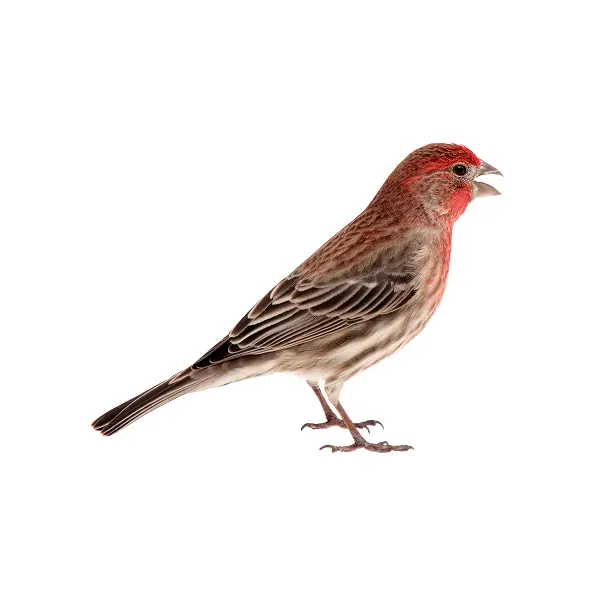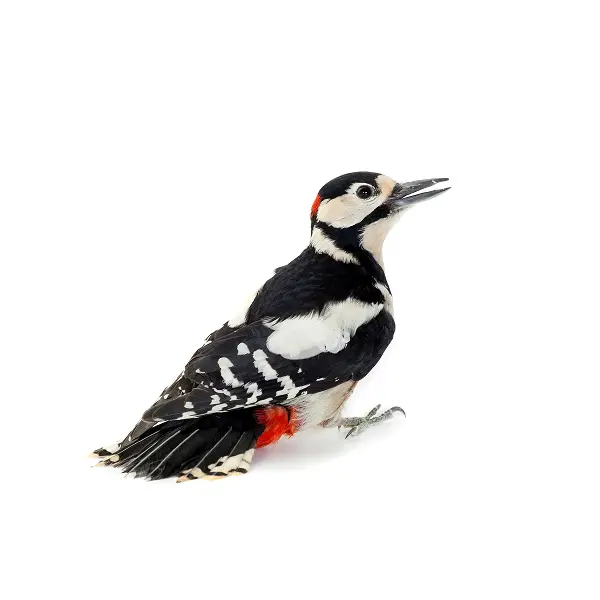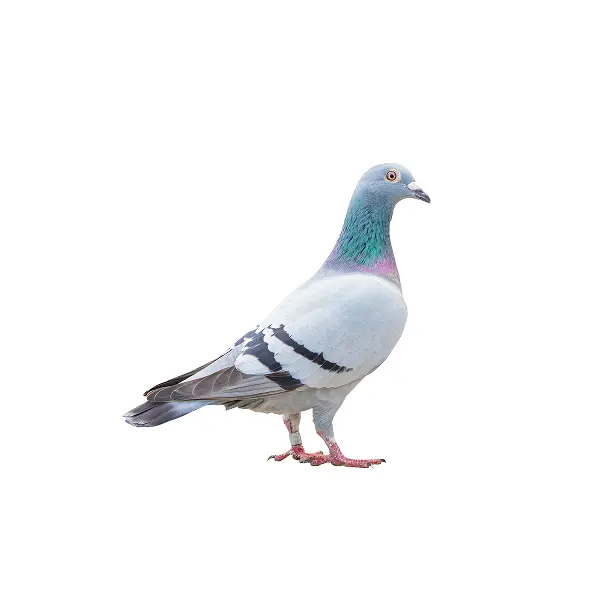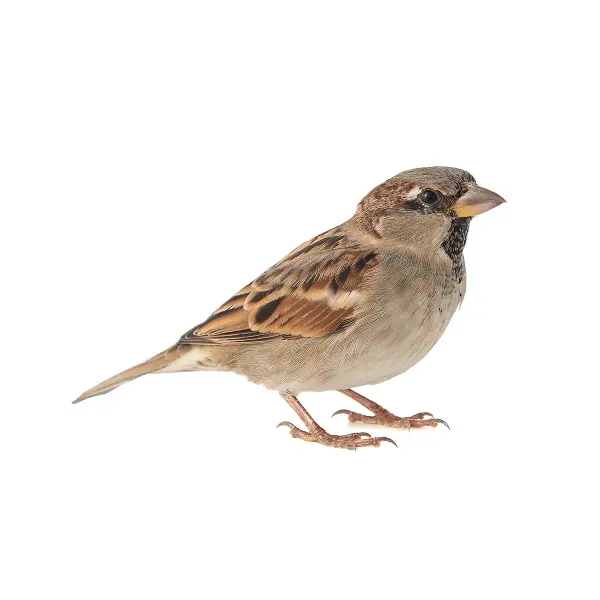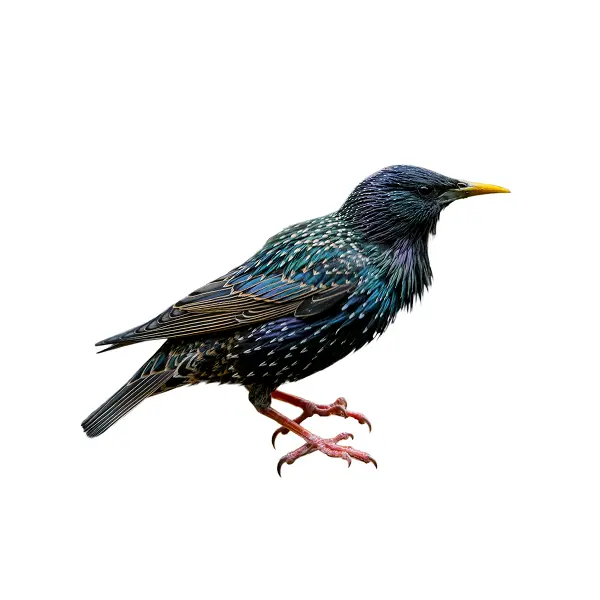House Finch Identification
What Do House Finches Look Like?
House Finches are songbirds characterized by their sturdy build and short, slightly notched tails. Males stand out with bright red coloring on their heads, throats, and chests, while females and juveniles display brown, streaked feathers. Both males and females feature thick, cone-shaped beaks designed for efficiently cracking seeds. Their wings are mostly brown, accented with subtle white markings.
Signs of a House Finch Infestation
Indicators of a House Finch infestation include large flocks gathering around bird feeders, especially if they dominate the feeder and deter other birds from feeding. You may also notice large amounts of droppings near feeding spots and nesting areas, as well as nests built in or on property structures.
Habitat, Diet, Life Cycle & Impact
Where Do House Finches Live?
House finches are commonly found near developed areas, including city parks, residential neighborhoods, farms, and forest edges. Naturally social and vocal, these birds love to gather in large, noticeable flocks. While they typically reside outdoors, house finches sometimes build nests in sheltered spots like chimneys, attics, garages, and dryer vents, as these places provide favorable nesting conditions. Their nests are cup-shaped, made from twigs, grasses, and other plant materials, and are usually placed in protected areas that give them overhead cover.
Diet of a House Finch
House finches can be spotted feeding on the ground, visiting bird feeders, or perched high in nearby trees. With a strong preference for seeds and fruit, their foraging habits can lead to noticeable damage to fruit trees and shrubs around your property. In addition to the mess left behind from droppings and scattered nesting materials, their feeding behavior can be very destructive. They frequently peck at ripening fruit, consume plant seeds, and nibble on budding flowers or blossoms. All of these activities combined can be especially frustrating for gardeners trying to maintain healthy plants.
Life Cycle of a House Finch
House finches typically breed starting in March, all the way through August. A single pair may produce up to six clutches in one season, though only three clutches is more common. The female constructs shallow, cup-shaped nests using shrubs, eaves, tree cavities, building ledges, hanging plants, or tree branches for shelter. Both parents care for the hatchlings, which usually leave the nest within 12 to 19 days. After fledging, the male continues feeding the young for about two weeks while the female focuses on building a new nest and starting the next brood. Once independent, juvenile house finches gather in large flocks and will be ready to breed by the following spring.
Impact of House Finches
House finches are known carriers of diseases like mycoplasmal conjunctivitis, a condition that can cause serious eye infections and potential blindness in birds. Their presence can also create competition with native bird species, as they fight for the same nesting spots and food sources. Although they play a role in local ecosystems by dispersing seeds and feeding on insects, unchecked population growth in some regions may upset the natural balance, and strain local wildlife.
Are House Finches Aggressive?
While house finches are not usually aggressive toward people, they can show territorial behavior toward other birds, especially during breeding season. Males may act defensively, displaying aggression toward rival males to protect their nesting areas or access to food.
House Finch Prevention Tips
To prevent House Finch related problems:
- Keep feeding areas clean: Regularly clean bird feeders and baths to reduce waste buildup that can attract house finches.
- Manage bird seed: Use feeders designed to limit spillage and provide only enough seed for a single day, to discourage overfeeding.
- Eliminate nesting sites: Seal gaps, vents, and crevices in buildings to block potential nesting spots.
- Apply deterrents: Install reflective materials or predator decoys to make the area less appealing for roosting and nesting.
If you’ve noticed House Finches on your property, reach out to Action Pest Control today.
